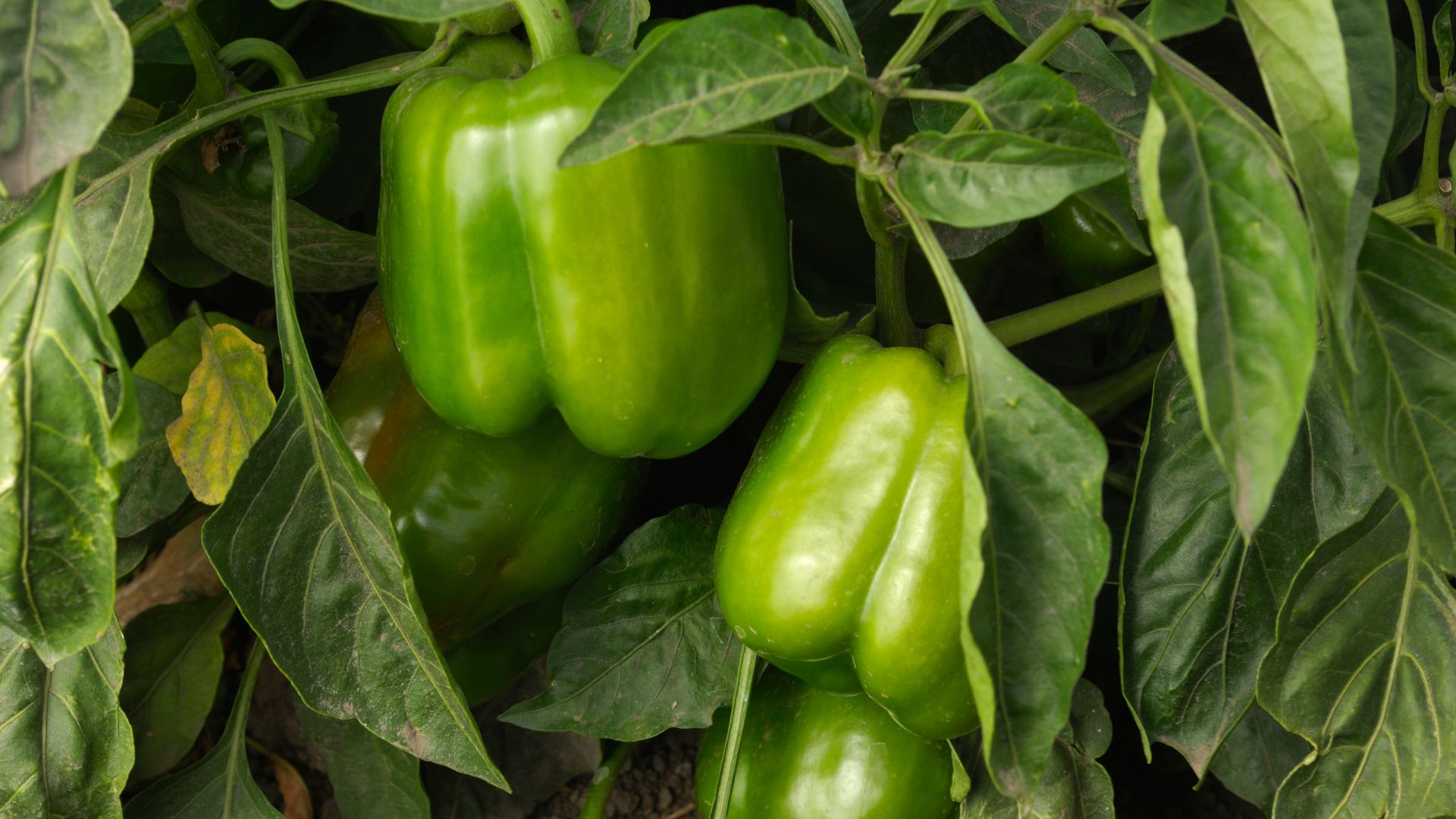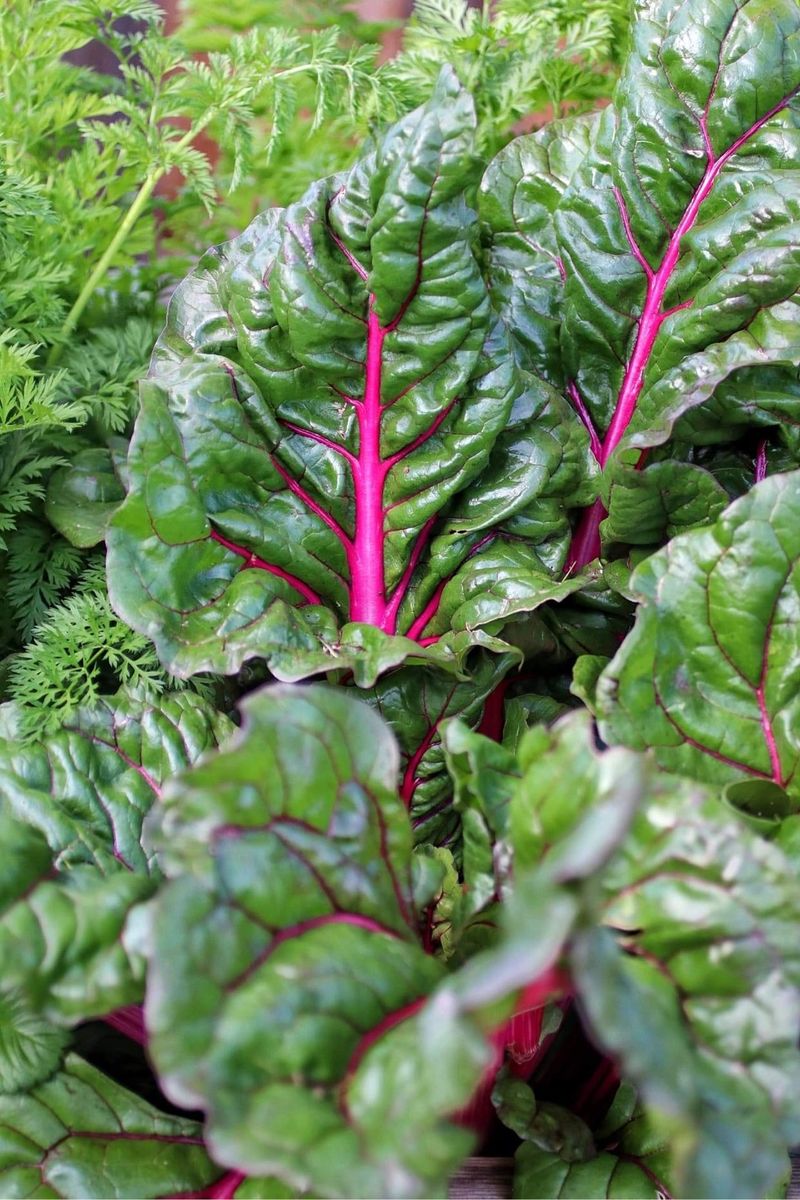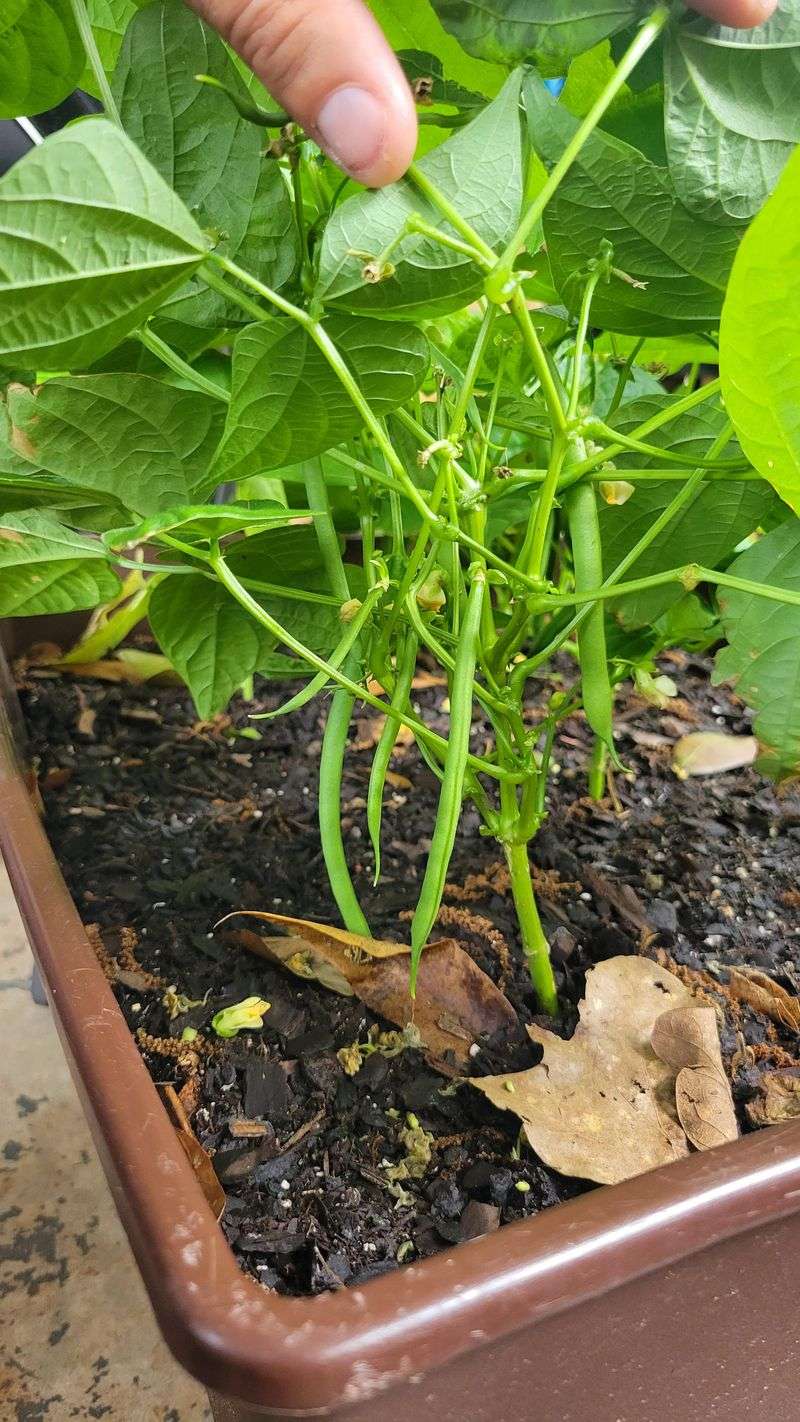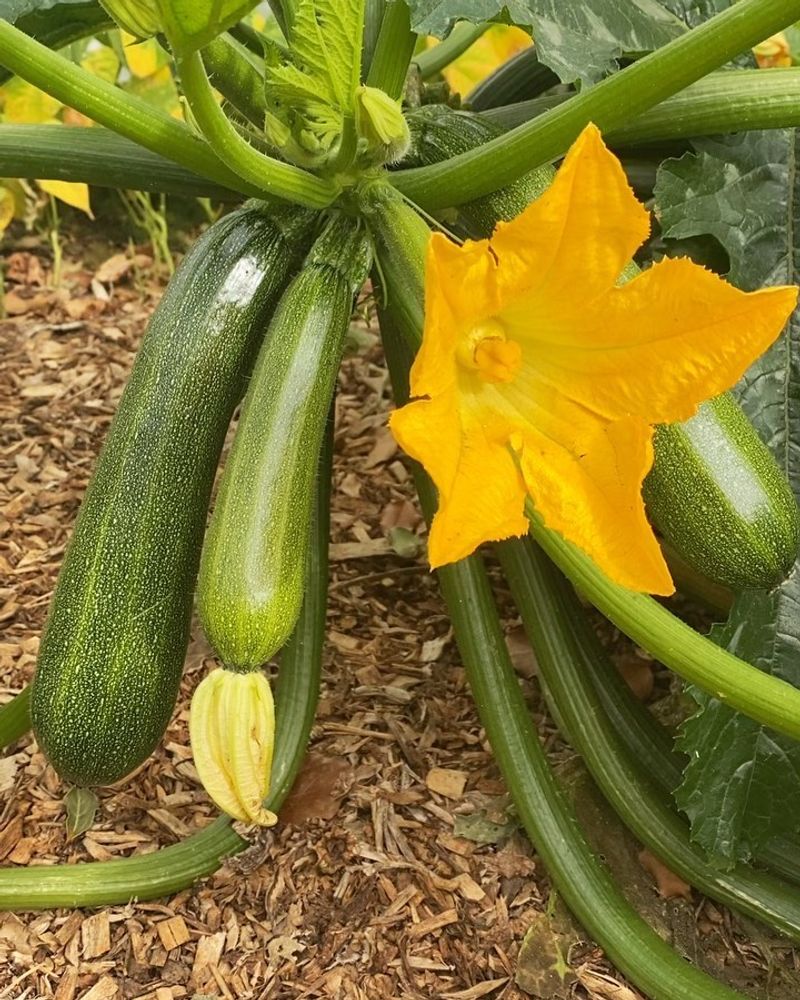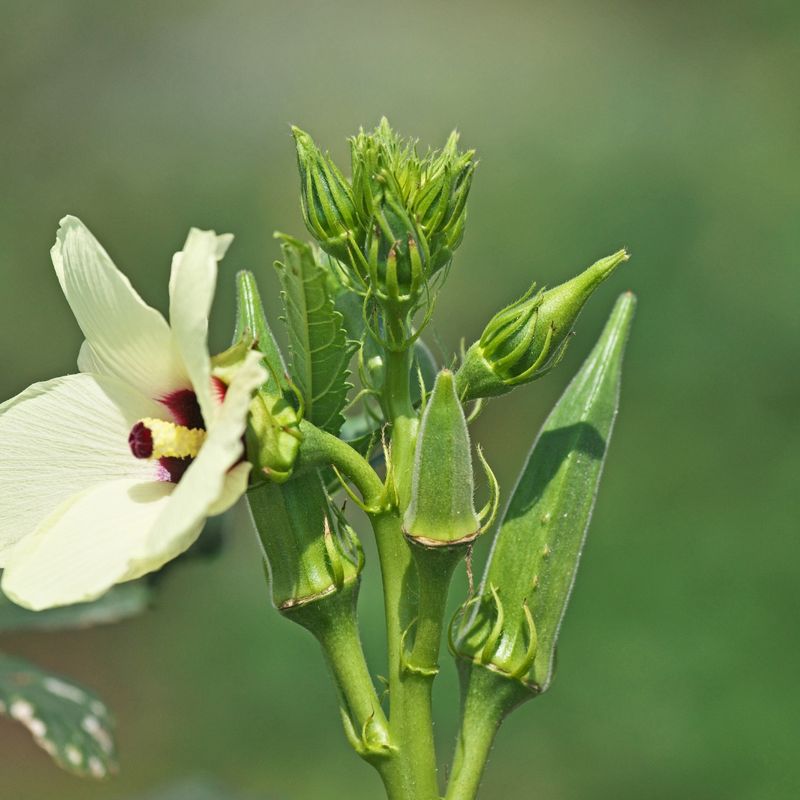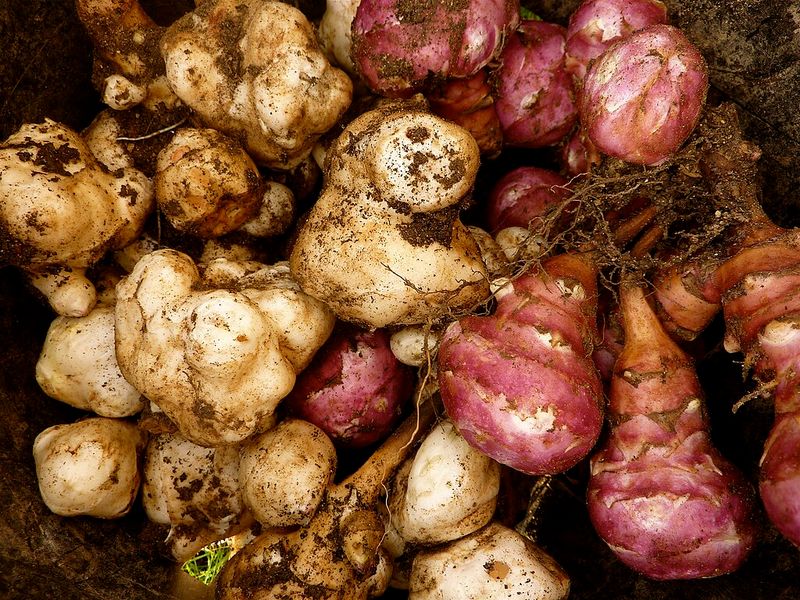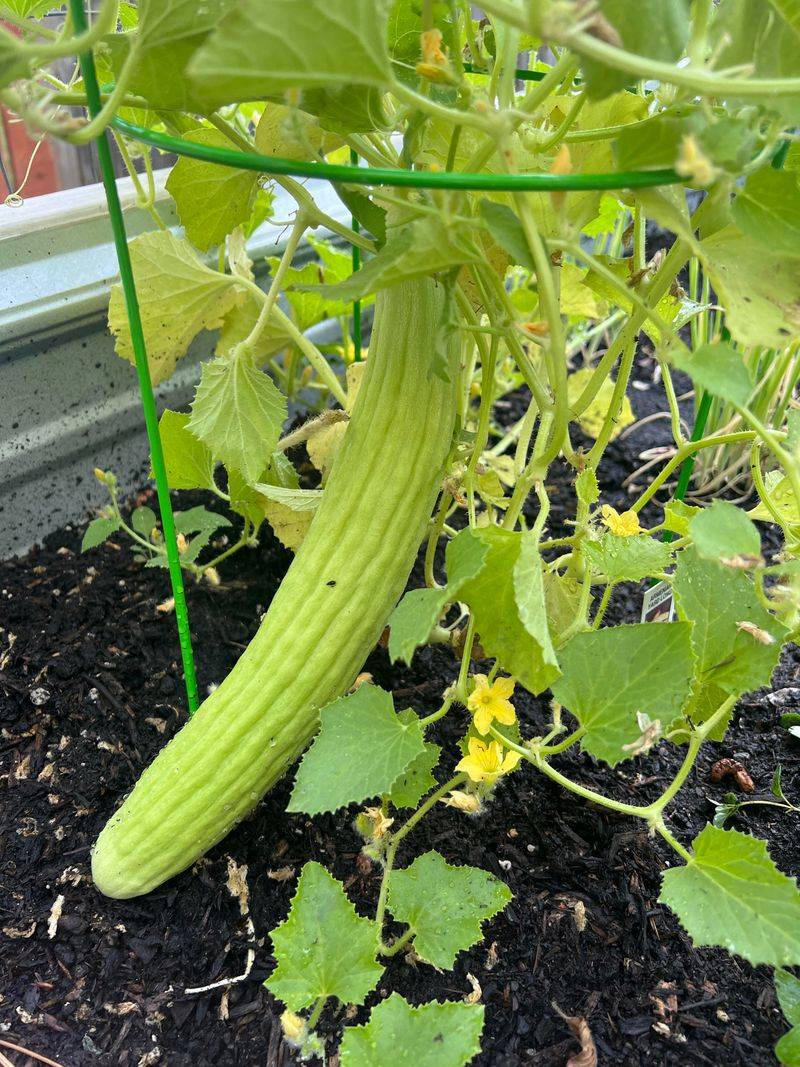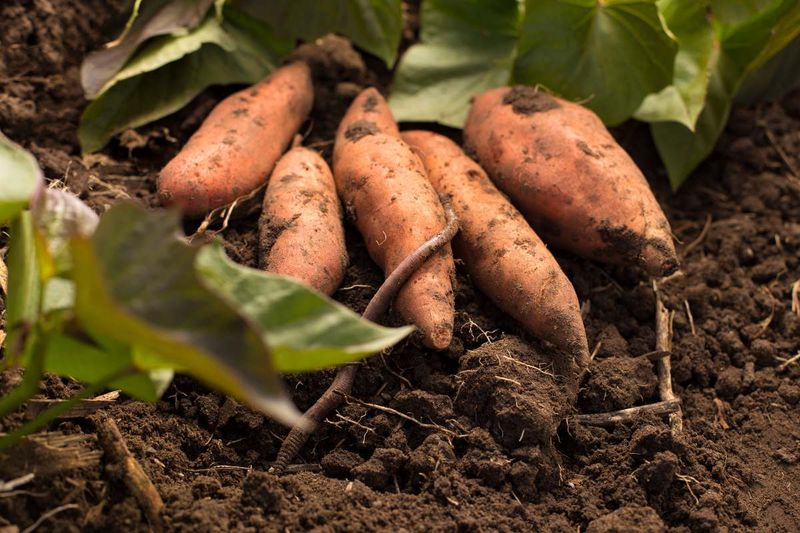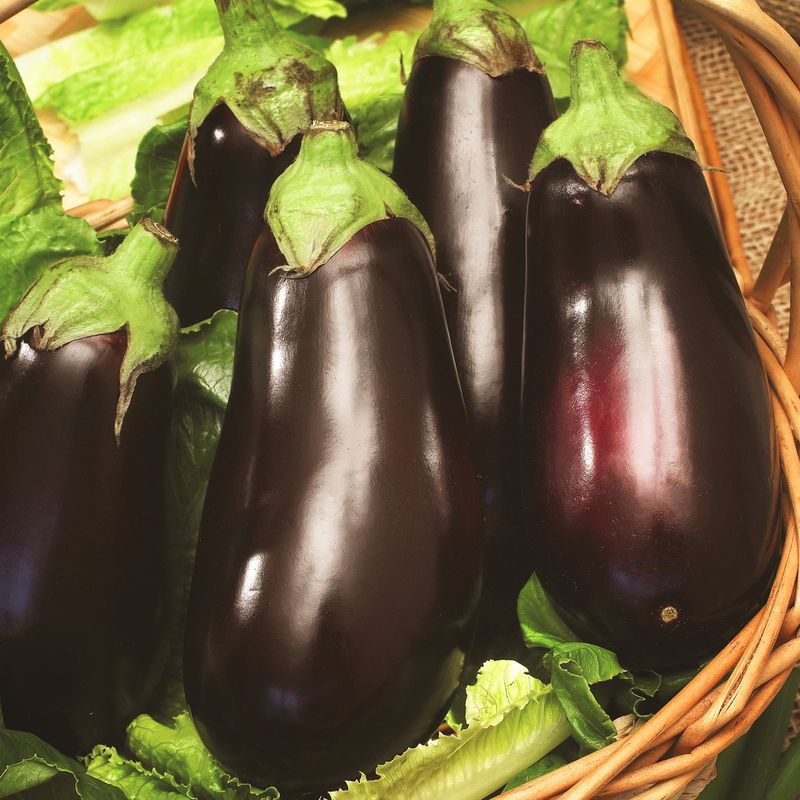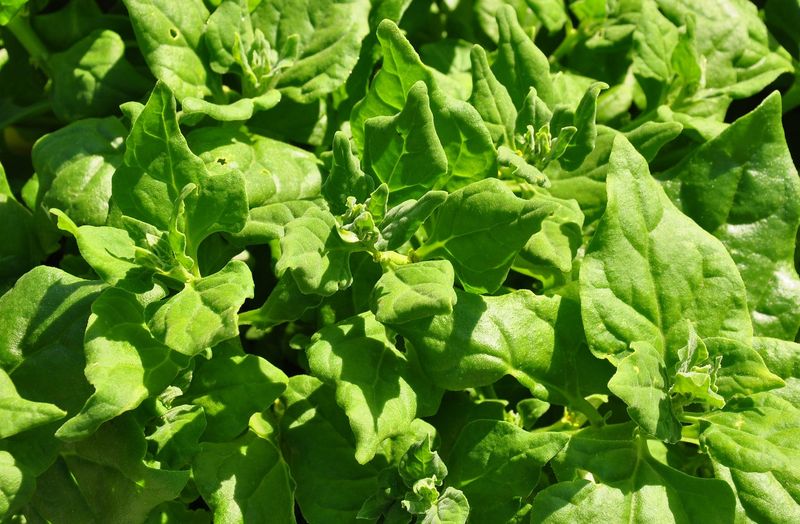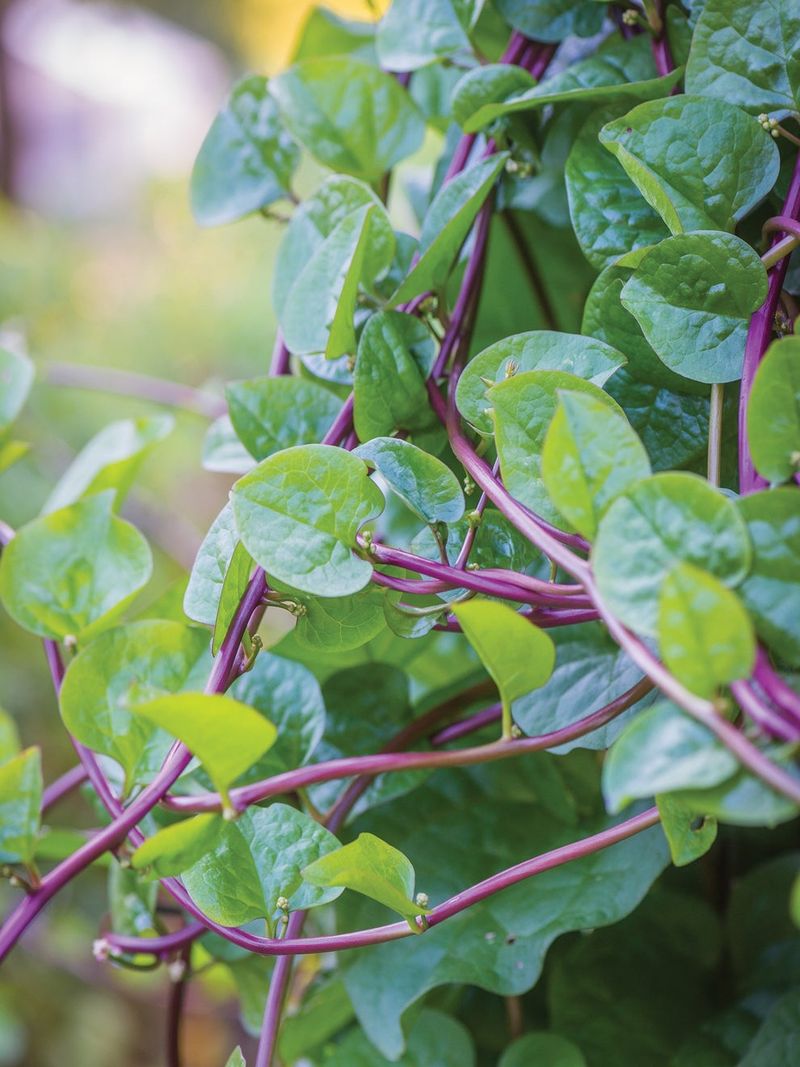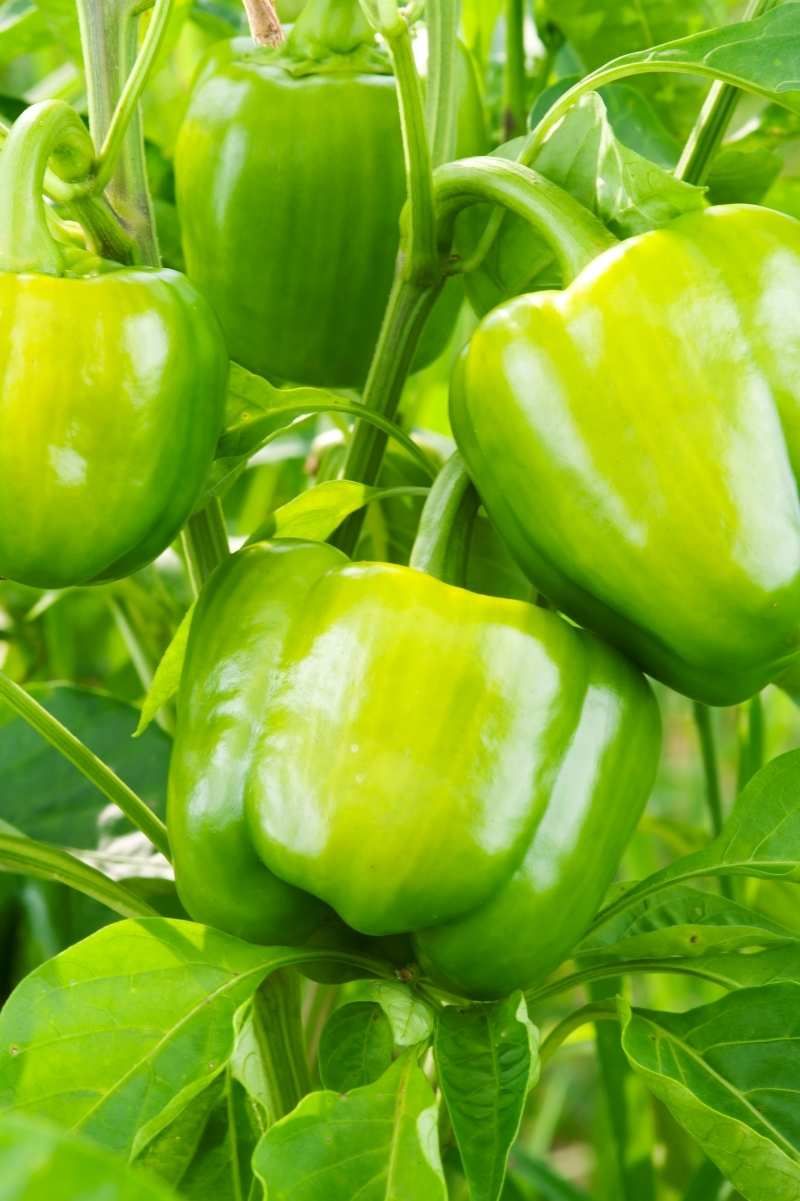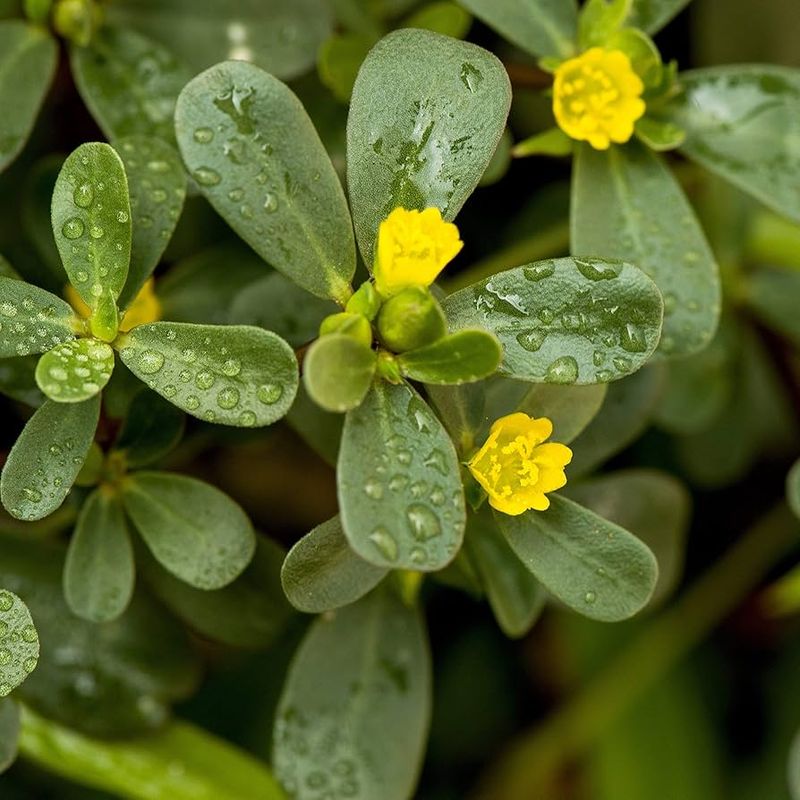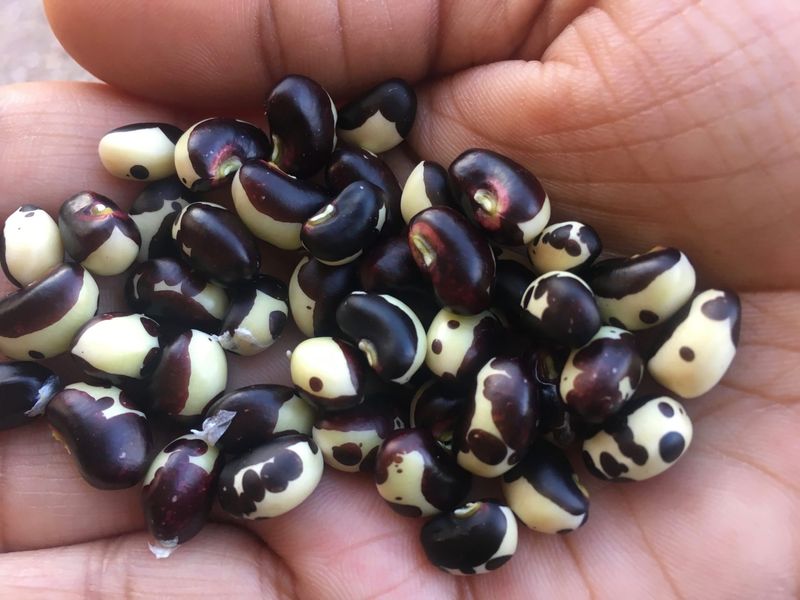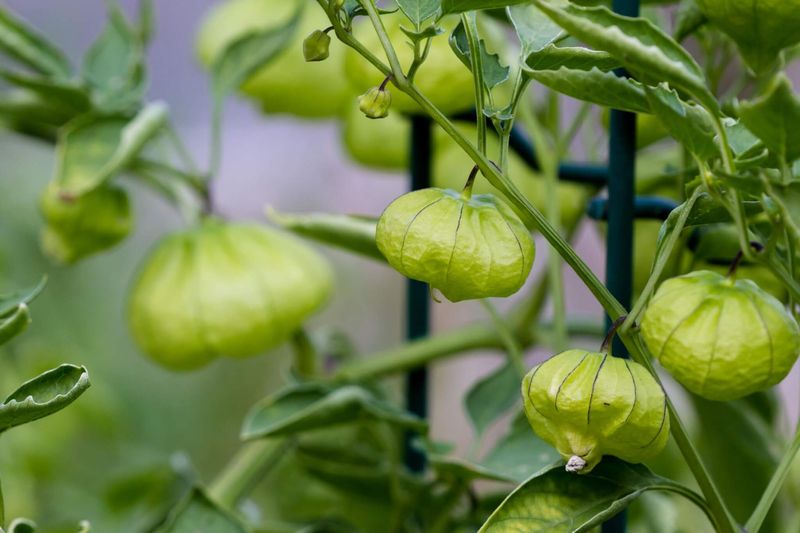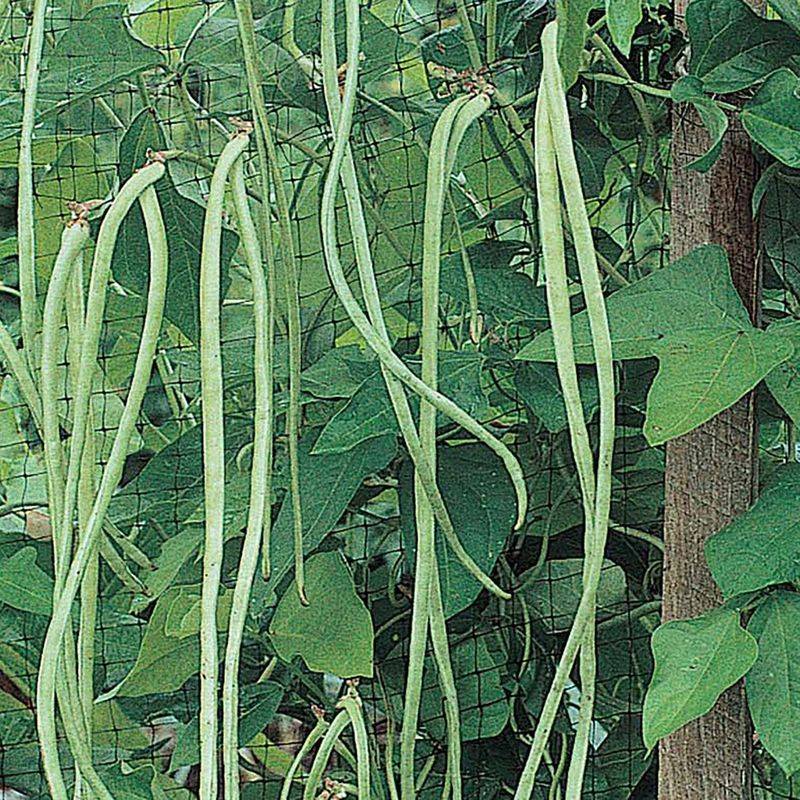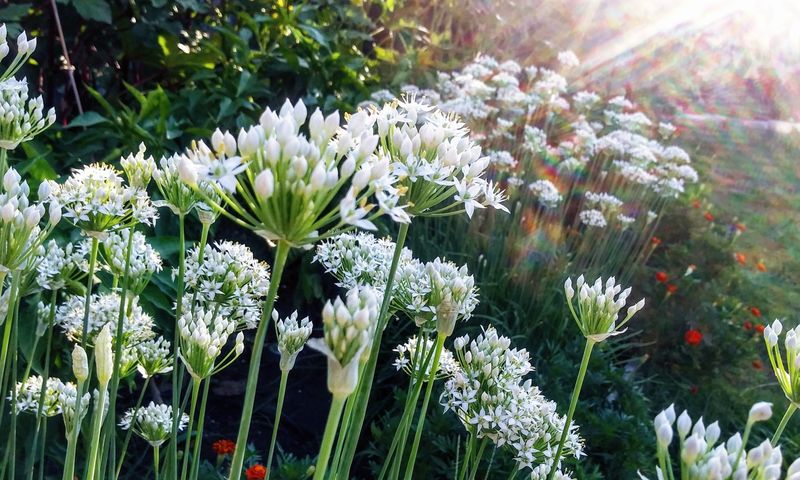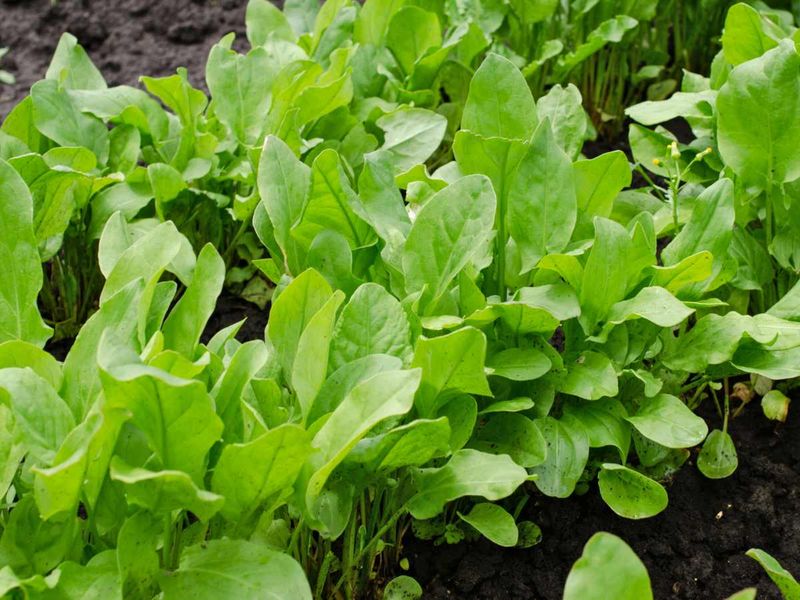Growing your own food often feels like a full-time job, but it doesn’t have to be that way. Some vegetables are real survivors—they keep producing even when life gets busy or you forget to tend them for a while.
What’s great is that these plants don’t demand constant attention to thrive. They handle dry spells and a little neglect without throwing in the towel. For beginners or anyone wanting fresh produce without the stress, these veggies make gardening feel easy and rewarding.
If you want a garden that works with your lifestyle, these tough vegetables are the perfect choice. They’ll keep your kitchen stocked with homegrown goodness all summer long, no fuss required.
1. Cherry Tomatoes
Once established, these little gems continue producing with minimal attention. Their deep root systems seek out water far below the surface.
Many gardeners report finding volunteer plants from last year’s dropped fruits, proving how easily they grow without any human help.
I’ve had cherry tomato plants survive weeks without watering during hot spells, still offering handfuls of sweet fruits when I finally remembered them.
2. Swiss Chard
Remarkably drought-tolerant once its roots develop, this leafy green keeps producing all season. The colorful stems add visual interest while the leaves provide continuous harvests.
Cut the outer leaves and leave the center intact for months of production. Unlike spinach and lettuce, it won’t bolt in summer heat.
My Swiss chard patch survived a three-week vacation without watering and greeted me with fresh leaves upon my return.
3. Bush Beans
Requiring little attention after planting, bush beans practically take care of themselves. Their moderate root depth helps them access soil moisture even when the surface appears dry.
Unlike pole beans that need trellising, bush varieties stand on their own without support. They typically produce their entire crop within a few weeks.
Last summer, a forgotten corner of my garden yielded several pounds of beans despite receiving water only from occasional rain.
4. Zucchini
Famous for its overwhelming productivity, zucchini keeps growing even when neglected. The large leaves actually help conserve soil moisture by providing shade.
A single plant can produce enough for a family of four, with extras to share with neighbors. The fruits grow so quickly you might find baseball-bat sized specimens after just a few days away.
During a particularly dry July, my zucchini continued producing while other vegetables struggled.
5. Okra
Native to hot climates, okra laughs at summer heat and dry conditions. The plants actually produce better when slightly stressed by drought than when overwatered.
Their deep taproots access moisture far below the soil surface. The beautiful hibiscus-like flowers make this vegetable ornamental as well as productive.
Even during a record-breaking heat wave last August, my okra plants stood tall and kept producing tender pods without supplemental water.
6. Jerusalem Artichokes
Also called sunchokes, these native sunflower relatives grow with absolutely zero care. The tall plants produce edible tubers that multiply year after year.
Some gardeners consider them too vigorous, as they’ll return even if you think you’ve removed them all. Their deep roots find water wherever it exists.
I planted these once five years ago and haven’t watered them since, yet every fall I dig up buckets of nutty-flavored tubers.
7. Armenian Cucumber
Technically a melon but used like a cucumber, this Middle Eastern vegetable thrives in hot, dry conditions. The ribbed, pale green fruits grow up to two feet long yet remain crisp and never bitter.
Unlike regular cucumbers that get stressed and bitter without consistent moisture, Armenian cucumbers maintain quality even with irregular watering. They produce throughout the hottest months.
After forgetting about mine for ten days during vacation, I returned to find perfect foot-long fruits ready for harvest.
8. Sweet Potatoes
Plant the slips and then basically forget about them until harvest time. The sprawling vines create their own shade, helping retain soil moisture and suppress weeds.
Originally from tropical regions, sweet potatoes handle heat and drought with ease. Their deep root systems search out water far below the surface.
One summer when my irrigation system broke, the sweet potatoes were the only crop that didn’t show any signs of stress during the three weeks it took to fix.
9. Eggplant
Native to hot climates, eggplants thrive when other vegetables wilt. After establishing good roots, they need surprisingly little water to keep producing their glossy fruits.
The compact plants don’t require staking and continue flowering and fruiting through the hottest part of summer. Asian varieties tend to be particularly heat-tolerant.
During a water restriction period last summer, my eggplants continued to produce beautiful fruits with just weekly watering.
10. New Zealand Spinach
Unlike regular spinach that bolts in hot weather, this heat-loving alternative keeps producing all summer. The succulent leaves store their own water, helping the plant survive dry periods.
Simply harvest the growing tips, and new branches form for continuous production. It’s not actually related to spinach but has a similar flavor and uses.
My patch has survived weeks of neglect, bouncing back quickly after finally receiving water.
11. Malabar Spinach
This beautiful climbing vine isn’t true spinach but offers similar nutrition with incredible heat tolerance. The succulent leaves and stems store water, helping the plant survive dry spells.
Red-stemmed varieties add ornamental value while providing nutritious greens all summer. Unlike most greens, it actually prefers hot weather to cool.
During the worst drought in years, my Malabar spinach kept climbing and producing tender leaves while other plants struggled to survive.
12. Peppers
Both sweet and hot peppers become surprisingly drought-tolerant once established. Their moderate-sized root systems efficiently extract available moisture from the soil.
Slightly stressing pepper plants with reduced water actually intensifies flavor and heat. Many varieties produce continuously from early summer until frost.
When I got busy and neglected my garden for two weeks during a heat wave, the peppers were loaded with fruits upon my return.
13. Amaranth
Grown for both its nutritious leaves and protein-rich seeds, amaranth practically refuses to die. Some varieties reach impressive heights of six feet or more without any special care.
Originally from Central America, it’s built to handle heat and drought. The young leaves can be harvested continually while the plant keeps growing upward.
After completely forgetting about a patch at the back of my garden, I discovered it had grown taller than me and produced pounds of edible seeds.
14. Purslane
Often considered a weed, this succulent plant is actually a nutritional powerhouse that thrives on neglect. The fleshy leaves and stems store water, allowing it to survive extended dry periods.
Rich in omega-3 fatty acids, purslane has a pleasant lemony flavor perfect for summer salads. It readily self-seeds, returning year after year.
I’ve seen purslane growing in gravel driveways and sidewalk cracks during summer heat waves—proof of its incredible toughness.
15. Cowpeas
Also called black-eyed peas or Southern peas, these heat-loving legumes were developed for hot, humid conditions. Their deep root systems access water far below the surface.
As legumes, they actually improve soil by fixing nitrogen while providing protein-rich harvests. Both the young pods and dried beans are edible.
During the hottest week of summer when my sprinkler broke, the cowpeas kept flowering and setting pods without missing a beat.
16. Tomatillos
Relatives of tomatoes but far more independent, tomatillos keep producing their papery-husked fruits with minimal care. The plants grow vigorously and often self-seed so enthusiastically you’ll have volunteers for years.
Native to Mexico, they’re built for hot, dry conditions. Two or more plants are needed for proper pollination.
I’ve had tomatillo plants come back on their own for three consecutive years, producing bushels of fruits with zero effort on my part.
17. Asparagus Beans
Also called yard-long beans, these Asian relatives of cowpeas produce impressive pods up to 3 feet long. The vines climb eagerly but need much less water than pole beans or runner beans.
Their natural resistance to bean beetles means less pest management. The tender pods remain sweet and never stringy, even when grown under stress.
During a water restriction period, my asparagus beans continued climbing and producing while regular green beans withered.
18. Garlic Chives
These perennial herbs keep producing flavorful leaves year after year with almost no attention. Unlike regular chives, they feature flat leaves with a distinct garlic flavor that enhances summer dishes.
The pretty white flowers attract beneficial insects but can lead to self-seeding if not deadheaded. A small patch provides continuous harvests all season.
My garlic chives have survived complete neglect during summer vacations, always looking perfect upon my return.
19. Sorrel
This perennial green returns year after year, providing lemony-flavored leaves for salads and soups. The deep taproot helps it survive dry periods when other greens would wilt and die.
French sorrel varieties remain productive throughout summer without bolting. Just a few plants provide enough leaves for the average family.
After completely forgetting to water my herb garden for two weeks, the sorrel showed no signs of stress while other herbs were struggling.

